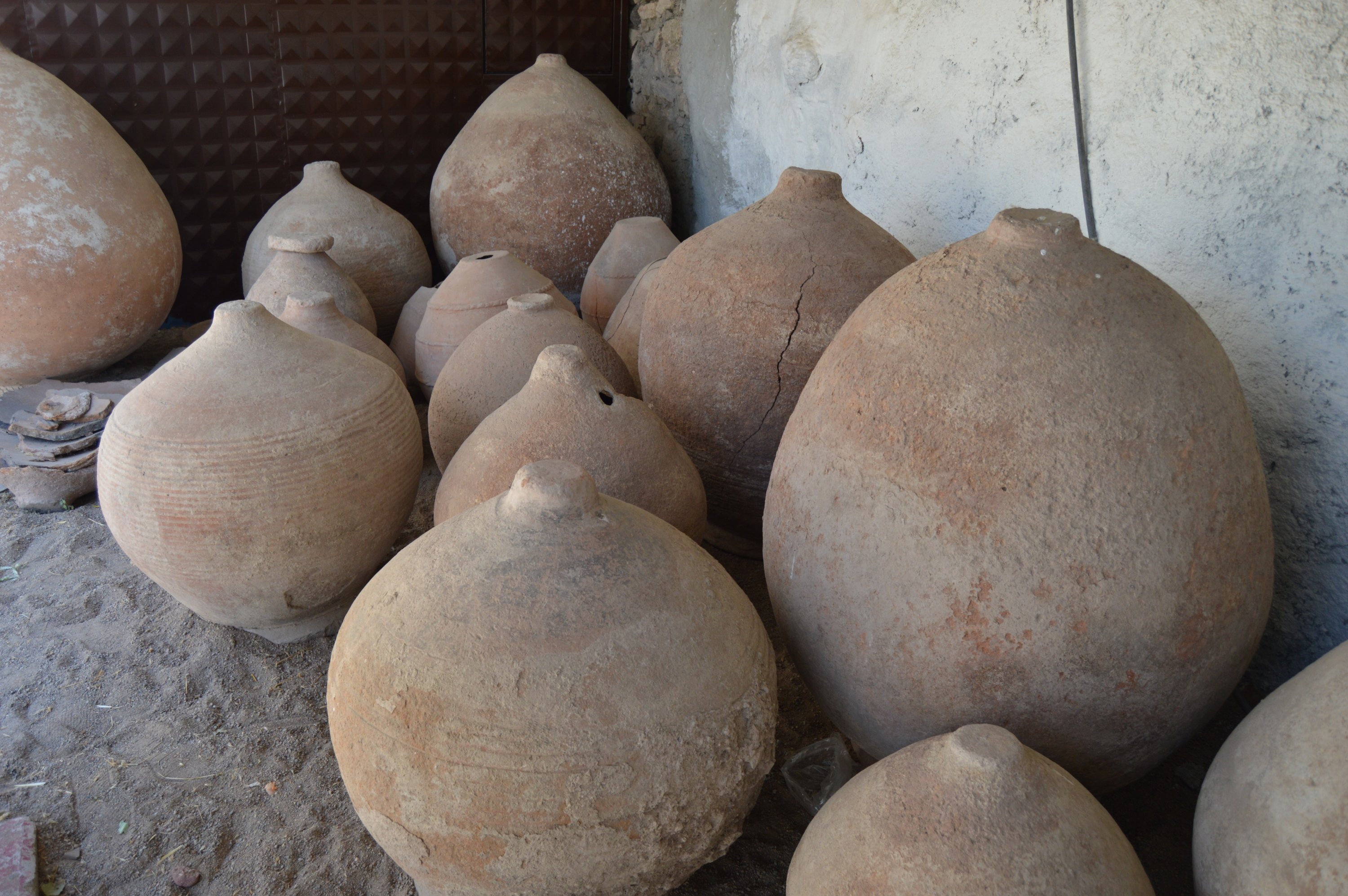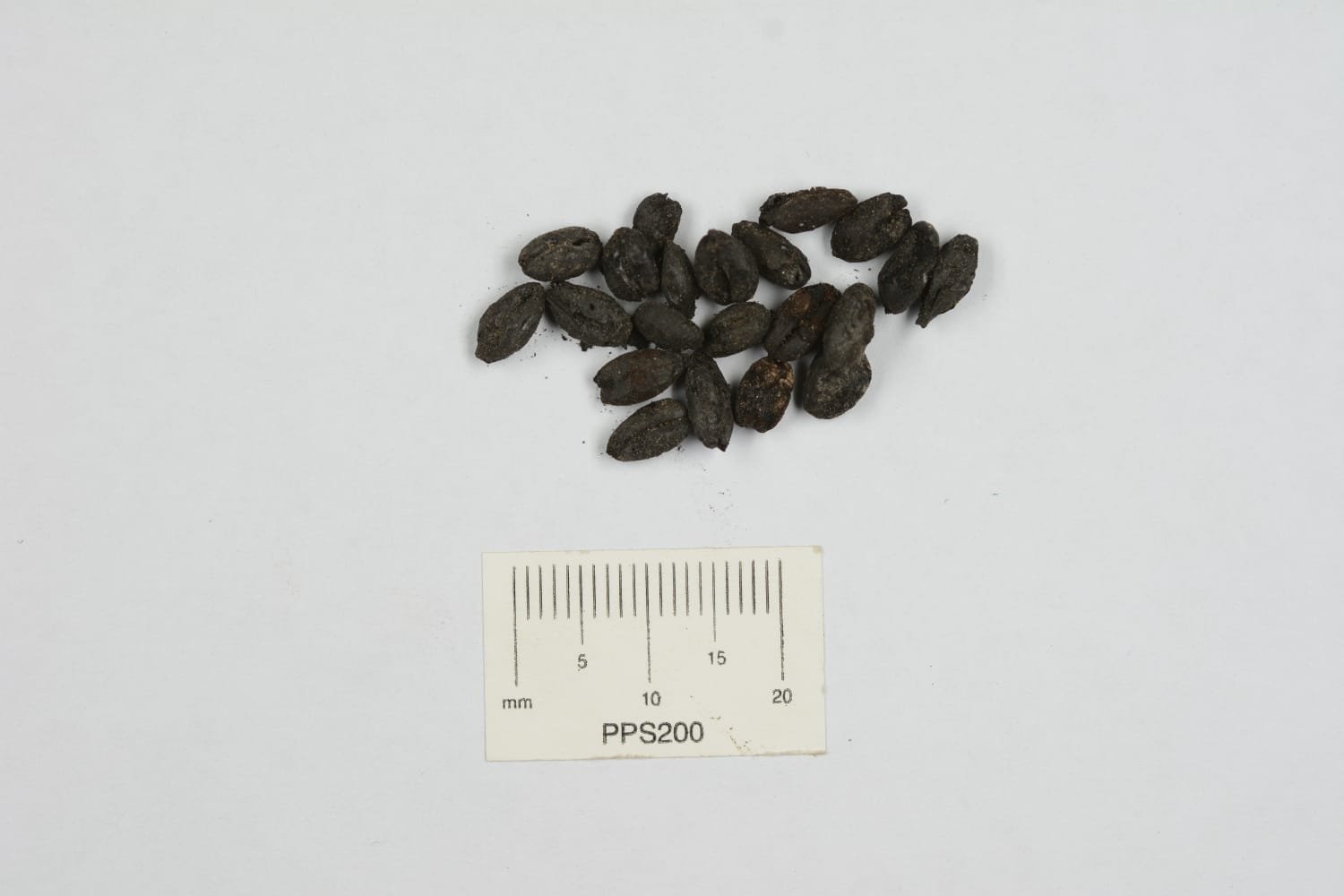© Turkuvaz Haberleşme ve Yayıncılık 2026
A granary containing 11 pithoi, which are large storage containers, filled with wheat and dating back to the ninth-century Byzantine period, was found during excavations in the ancient city of Amorium in the Emirdağ district of the central province of Afyonkarahisar.
Amorium is located in the Hisar village where traces of seven civilizations have been found including Hittite, Phrygian, Greek, Roman, Byzantine, Seljuk and Ottoman. The discoveries were found during excavations carried out by British scientist Martin Harrison and British researcher Chris Lightfoot.
Some important findings have been uncovered during digs in the ancient city, which were resumed under the leadership of professor Zeliha Gökalp Demirel with the cooperation of the Ministry of Culture and Tourism and Anadolu University (AU) in 2013.

A big church, a basilica, a Byzantine bath, grape-grinding pools, Seljuk and Ottoman coins and a ceramic kiln were found during excavations of the Amorium mound, which consists of an upper city and a lower city.
In an interview with Anadolu Agency (AA), Demirel said that they had a pleasing development with what they found in the "Big Building" section of the lower city.
“We found a granary we thought belonged to a farmhouse,” Demirel said. “There were 11 pithoi in one place and their tops were closed with a mortar-covered lid. And that made us very happy to have the material that we found on-site in our excavation. When we opened the lids, we found that the pithoi were full. These were packaged by our experts and sent to the laboratory in Istanbul for examination. We have not yet received analysis results, but we believe that the material in the pithoi must be wheat, but we will be able to make it clear as a result of the analysis.”

Demirel emphasized that they do not think the grains in the pithoi were used for commercial purposes and that it was probably food for the people who lived on the farm. Indicating that civilizations must have preserved grains for their future needs, Demirel said: “Probably one of the reasons we could reach grain was because the farmhouse kitchen was on the ground floor while the upper floor of the granary was demolished. We think this was in the ninth century. Possibly, the first floor of the house collapsed due to a war or a fire, and the remains toppled onto the warehouse. Since it was not used again, we were able to reach both the pithoi and the wheat within. Now our archaeobotanical specialist is working on this wheat in the laboratory. We will make a clearer explanation as a result of his work.”
Demirel noted that round empty mills for grinding wheat and marble vessels had been found during previous excavations in the ancient city. Pointing out that the area was inhabited between the sixth and ninth centuries in the lower city of the Amorium mound, Demirel stated: “As far as the form of these pithoi and other findings reveal, the area actually dates back to the ninth century, the Byzantine period. These finds prove that Amorium is important in terms of presenting the socio-cultural structure in its original form. We can even think that wheat was an important food source in that period.”
